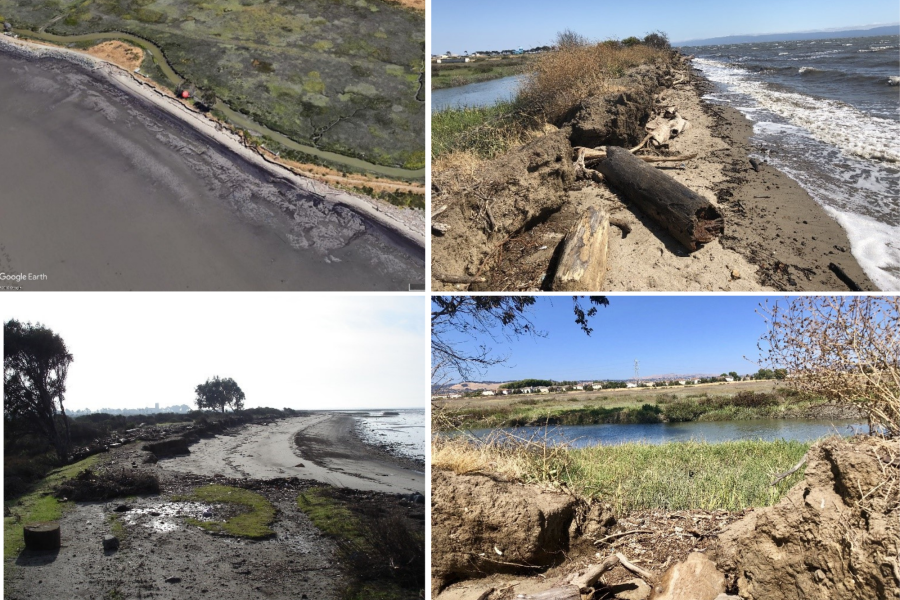Long Beach Restoration Design Project

Long Beach, San Leandro, Alameda County; East Bay Region
Conducting environmental studies and community engagement, developing a 35% complete conceptual design, developing a cost estimate and identifying permitting needs for a future construction project
Vital Fish, Bird and Wildlife Habitat Program; Integrated Flood Protection Program; Shoreline Public Access Program.
This project consists of conducting environmental studies and community engagement, developing a 35% complete conceptual design, developing a cost estimate and identifying permitting needs for a future construction project that will restore habitat and improve public access at Long Beach in San Leandro.
The project will allow the City to appropriately plan for the restoration of Long Beach, a sandspit that provides wildlife habitat for California least tern fledglings, spawning grunion, wintering snowy plovers, and native oysters in the subtidal area. The subtidal area along Long Beach is predominantly soft substrate (e.g. silt, mud, and/or clay), although there is one area at the south end of the beach that sustains a native oyster population. Observations of wildlife at Long Beach have generally declined over the past decade.
Long Beach also protects the San Leandro Shoreline Marshes behind it from erosion by dampening wave energy and preventing inundation of Bay water into the marshes. A natural levee was constructed along Long Beach to enhance the protection of the marshes, particularly Bunker Marsh and Robert’s Landing marsh, adjacent to Long Beach. In the past decade, a portion of the natural levee eroded from just over 14 feet wide to a mere 5.5 feet wide, and the levee breached in 2018 causing uncontrolled intrusion of Bay waters into Bunker Marsh. Failure to restore and protect Long Beach from erosion and breaches may result in the loss of favorable habitat (sandspit and marsh) for endangered and threatened species.
